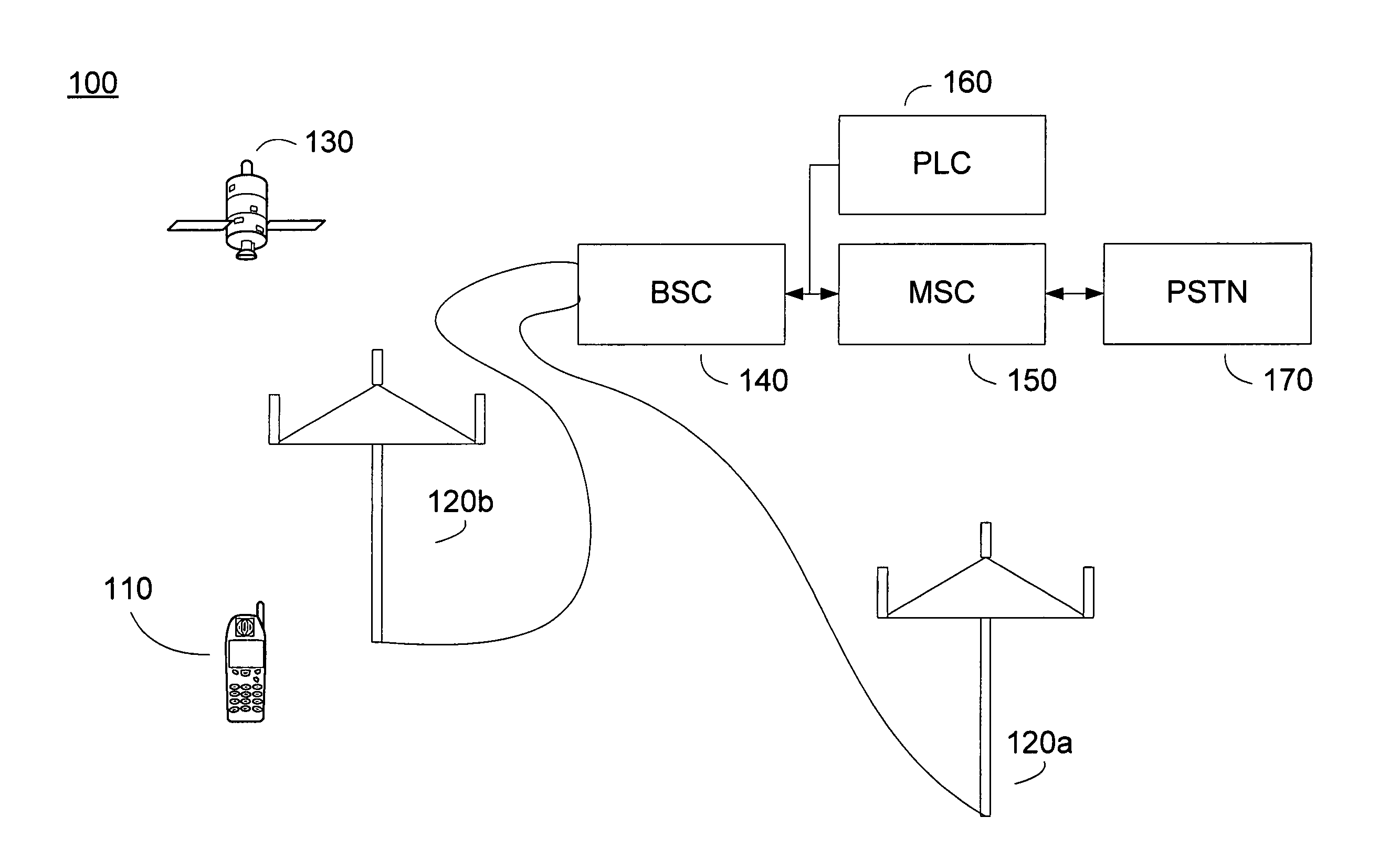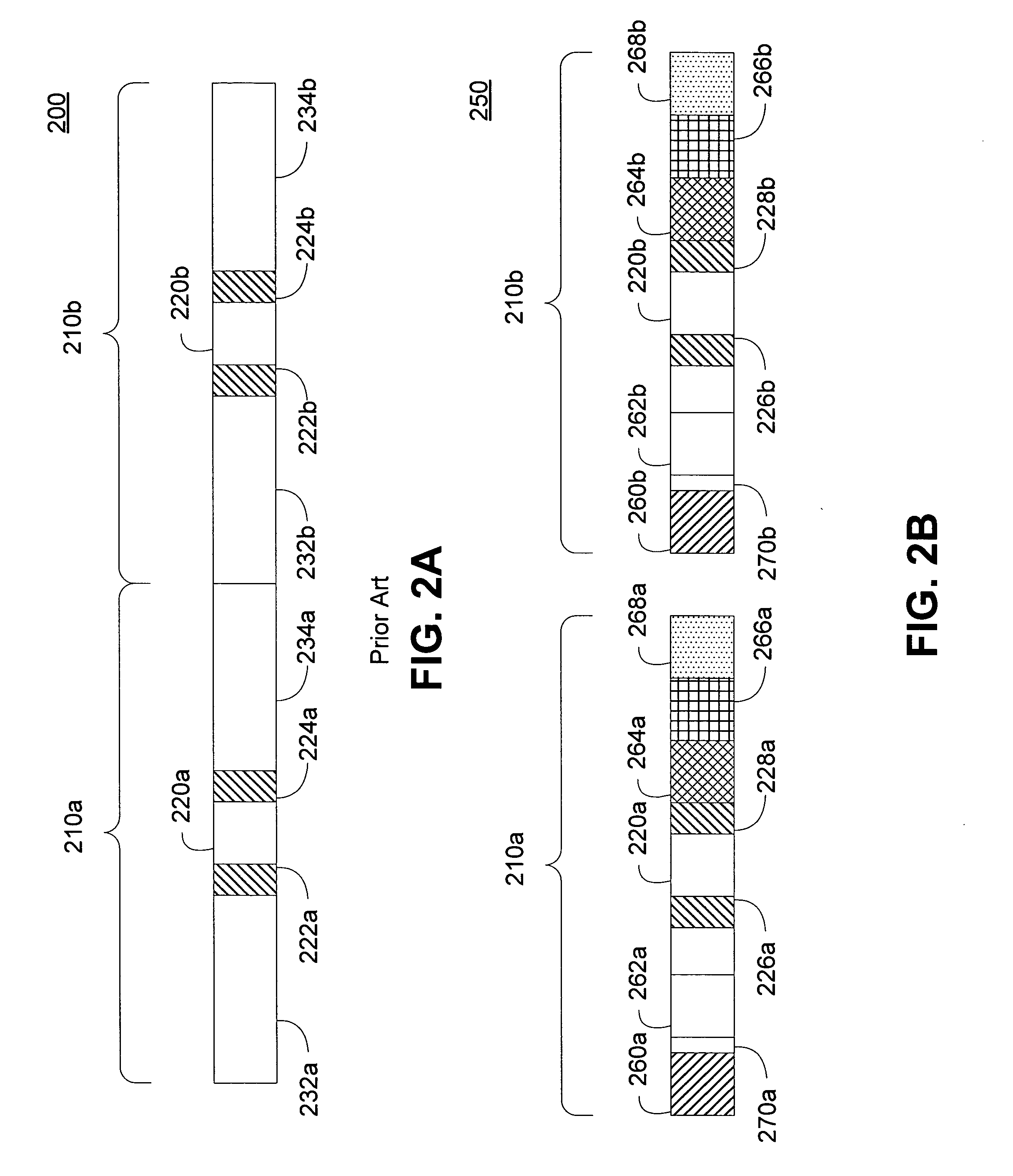Method and apparatus for enhancing signal-to-noise ratio of position location measurements
a position location and signal-to-noise ratio technology, applied in multiplex communication, instruments, wireless communication, etc., can solve the problem of low signal-to-noise ratio of position location signals from surrounding beacons, mobile devices encountering, and unable to extract useful ranging measurements.
- Summary
- Abstract
- Description
- Claims
- Application Information
AI Technical Summary
Benefits of technology
Problems solved by technology
Method used
Image
Examples
Embodiment Construction
[0024] A position location system that includes terrestrial-based beacons can virtually eliminate the effects of the near-far problem by implementing a position location signaling structure that allows a receiver to receive and measure the position location signals in a relatively noise free environment. To minimize the noise and interference contributed by surrounding beacons, each beacon can be configured to transmit its corresponding position location signal at a time that no surrounding beacon transmits a position location signal or a data signal.
[0025] In an asynchronously scheduled time division multiplex forward link communication system, a time slot can be scheduled as a position location time slot. Each signal source can configure the time slot in the manner specified for a typical data slot. However, the position location time slot can be divided into a plurality of sub-slots that are positioned within what is normally the data field of a data slot. Each signal source can...
PUM
 Login to View More
Login to View More Abstract
Description
Claims
Application Information
 Login to View More
Login to View More - R&D
- Intellectual Property
- Life Sciences
- Materials
- Tech Scout
- Unparalleled Data Quality
- Higher Quality Content
- 60% Fewer Hallucinations
Browse by: Latest US Patents, China's latest patents, Technical Efficacy Thesaurus, Application Domain, Technology Topic, Popular Technical Reports.
© 2025 PatSnap. All rights reserved.Legal|Privacy policy|Modern Slavery Act Transparency Statement|Sitemap|About US| Contact US: help@patsnap.com



